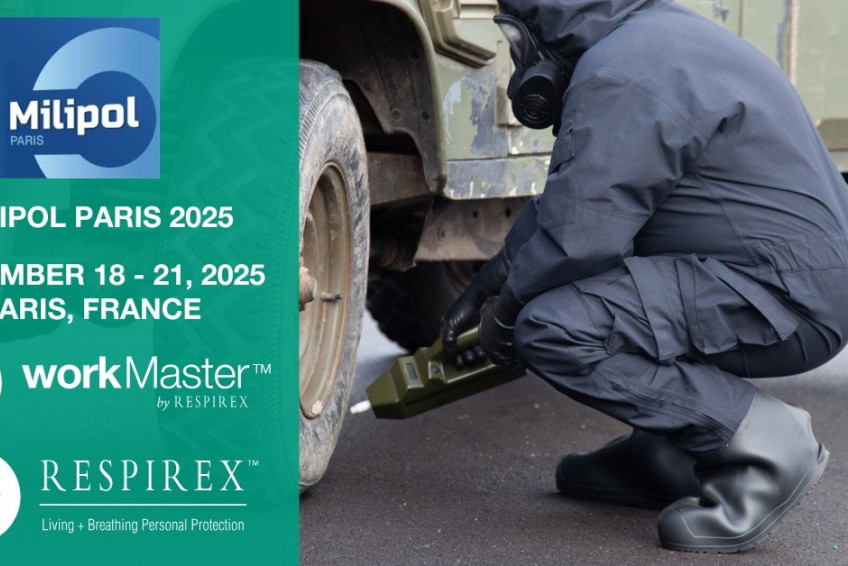Why is leather footwear not suitable for live working?
31 May 2023

The standards that currently relate to footwear for live working are ASTM F1117 in the USA and EN 50321-1:2018 in Europe.
Both these standards test the footwear by filling it with water and immersing in water to a set depth from the top of the boot depending on the test Voltage. A test voltage is applied and the current passing through the boot is measured. A gap is left between the water surface and the top of the footwear to insure that when the test voltage is applied, current cannot arc over the top of the footwear (as at high voltages current can jump surprisingly large distances). At 5 KV, the Class 0 test Voltage for live working at up to 1000V, the gap from the water surface to the top of the boot is specified at 40 mm inside and outside the boot, for Class 1 (with a 10kV test voltage) this gap is increased to 70 mm.
For this reason footwear with just an insulating sole cannot be used, as soles on most Industrial boots are not 40 to 70 mm (1.5 to 2.75 inches) thick.
If the upper of the footwear is leather then when leather gets wet it will conduct electricity. This applies even to waterproof leather, as this relies on a thin coating of Polyurethane over the leather which can be easily damaged during normal use/wear.
Even in dry conditions the leather will become wet due to perspiration. A typical foot perspires at a rate of 13 grams of water per hour so the leather will quickly become electrically conductive. This means that for waterproof leather footwear, the electrical insulation on the upper is reliant on a very thin layer of Polyurethane (typically 0.1 mm or less). For comparison, the wall thickness of an insulating boot is specified at > 2.5 mm. It is for this reason that both live working standards fill the footwear with water to perform the test, to ensure the footwear maintains its protection even in wet and humid conditions.
We firmly believe that only footwear that passes either EN 50321-1:2018 or ASTM F1117 should be used for live working. Leather Footwear will not pass these standards. There are 2 reasons:
1. Electricity can jump around an insulating sole
2. Leather and some other upper materials will conduct electricity once they have absorbed perspiration or water from environment.
Standards such as ASTM F 2413 and pr EN 50321-2 are test procedures for testing Insulating soles and are not suitable for certifying footwear for live working.
For live working specify footwear that is certified to EN 50321-1: 2018 or ASTM F1117. An important part of conformance to the live working standard is that all footwear is electrically tested to the relevant class before it leaves the factory. The class of footwear required will be determined by the working Voltage (see the table below). If the risk is from direct rather than alternating current then specify that a DC test is performed on the footwear by the manufacturer
| Class | Working Voltage | Routine test Voltage | Water level from the top of the boot | Withstand test (destructive) |
| Class 0 | Up to 1 kV | 15 kV | 40 mm | 10 kV |
| Class 1 | Up to 7.5 kV | 10 kV | 70 mm | 20 kV |
| Class 2 | Up to 17.5 kV | 20 kV | 90 mm | 30 kV |
| Class 3 | Up to 26.5 kV | 30 kV | 120 mm | 40 kV |
| Class 4 | Up to 36.5 kV | 40 kV | 130 mm | 50 kV |
VIEW OUR RANGE OF DIELECTRIC BOOTS
View News and Events


